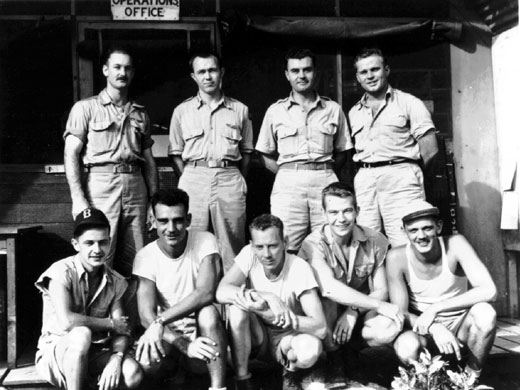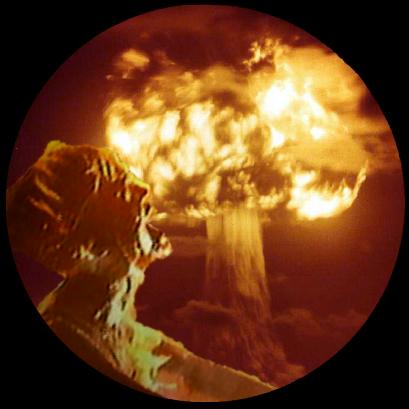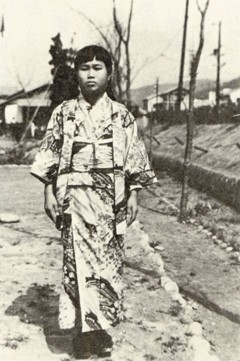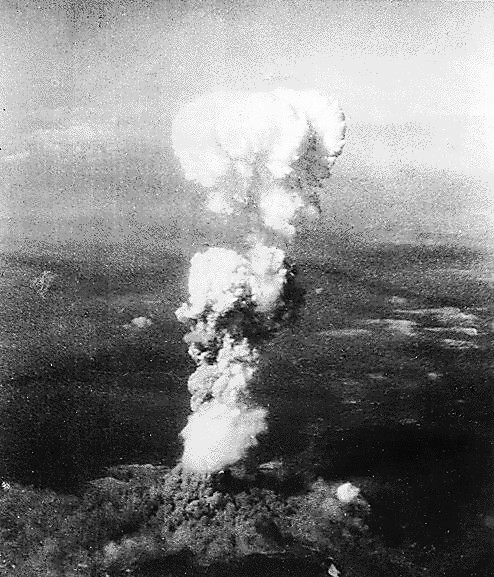|
|
|
 |
At the time the bomb was dropped, people were very happy that the war was over, but they also asked questions about whether it was the right thing to do. Such a huge number of ordinary people, not soldiers, were killed in such a horrible way, that the world has known that nuclear weapons are a dreadful and frightening thing. Even the men in the planes did not know what would happen when they dropped the bomb, except that large number of people would be killed. |
|
Some people think that maybe it was all right dropping the first bomb, but to drop the second one, only 10 days later, was wrong. Some people think that the Americans wanted to drop the bomb for other reasons than ending the war - they wanted to see what would happen to people if a nuclear weapon was exploded over a city. Even now, it is not a simple question to decide. |
 |
 |
Ever since the story of Sadako Sasaki, a young girl who was 2 at the time of the bombing and 10 years later died of leukemia, became widely known, people from around the world have sent origami cranes to the Children of the A-Bomb statue in the Hiroshima Peace Park as a symbol and wish for peace. Sadako attempted to fold 1000 cranes believing she would get well by doing so. It is Japanese legend that folding 1000 cranes (senbazuru) so pleases the gods that the folder is granted a wish. Sadako wished to get well. Her story, as presented in several books, has become an inspiration for school children world-wide to fold cranes in a wish for peace. |
|
What do you think? Was it right to drop the bomb? Soldiers' lives were saved, because the war stopped very soon afterwards. But many thousands of ordinary Japanese men, women and children died then, or more slowly in the years afterwards. Should countries keep having nuclear weapons? Some countries say they need it to keep others from attacking them, and that they would never really use it. Go and read "The Butter Battle Book" by Dr Seuss (it's in the library) and think about these questions. |
|
 |
This is the story of one "survivor" of Hiroshima - but he only survived to die slowly many years later. On August 9, 1945, when the atomic bomb was dropped over the city of Nagasaki, Kasuko Yamashina was working at a distance of two kilometers from ground zero. He tried to get home after the dropping of the bomb, but the fire was too fierce for him to approach the district, so that night he had to sleep under a bridge alone. His house was located at a place situated about 350 metres from ground zero. As soon as the fire went down, he reached the house finding out that his parents were burned by the heat of 4,000 degrees and lay scorched black and carbonised. He couldn't find his brother and his sister, and all that he could see were burned bricks and dead bodies. On the August 15, the war was over, but by that day Kasuko body had changed. He had black bleeding from the gums, and he wasn't able to walk becouse of fierce shivers caused by high fever. Under that condition he left Nagasaki to enter a hospital in his home town. |
|
We now know a lot more about the dangers of nuclear weapons, and the effects of radiation. Nuclear weapons have the power to destroy our world totally. What do you think the picture to the right is trying to say? |
 |
|
|